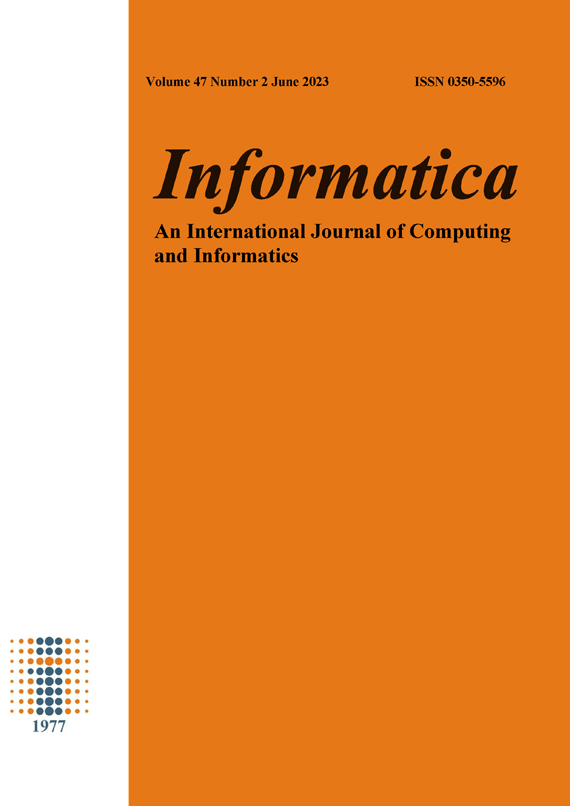Design of Ecological Land Remediation Planning and Remediation Mode Based on Spatial Clustering Algorithm
DOI:
https://doi.org/10.31449/inf.v47i2.4028Abstract
In order to better realize the design of ecological land consolidation planning and regulation mode, the author proposes a method based on a spatial clustering algorithm. Based on GIS methods such as spatial clustering algorithm and least resistance model, select typical projects and put forward ecological land consolidation planning scheme. Guided by unified engineering construction forms and rigid engineering construction standards, and aiming at regularization and rigidization, traditional land consolidation by means of high-intensity engineering construction, although in the process of stabilizing the amount of cultivated land and improving agricultural production conditions, played a positive role, however, under the current requirements of ecological civilization construction, there is an urgent need for transformation. Through the improvement of ecological land, the ecological improvement is realized, and the need for landscape improvement is more urgent. The study is guided by the theory of landscape ecology, according to the general idea of "landscape pattern evaluation-land remediation function zoning-corridor pattern optimization-patch matrix optimization". The experimental results show: Use Fragstates software to calculate various indicators, the results show that, before and after renovation, the landscape types with the largest landscape ecological security index LESi were all cultivated land, and the smallest one was forest land. Except for the river landscape ecological security index, which dropped by 9.84%, the ecological security of other types of landscapes improved, among them, the largest increase was road (121.29%), followed by forest land (43.10%). According to formulas (1) and (2), the landscape safety index LES of the project area is 0.45 before the renovation, and 0.61 after the renovation, an increase of 35.56%, it shows that through the ecological land consolidation project area, the overall landscape ecological security status has been improved, however, the optimization of river landscape should be strengthened. It is proved that the spatial clustering algorithm can better realize the design of ecological land remediation planning and remediation mode.
Downloads
Published
Issue
Section
License
I assign to Informatica, An International Journal of Computing and Informatics ("Journal") the copyright in the manuscript identified above and any additional material (figures, tables, illustrations, software or other information intended for publication) submitted as part of or as a supplement to the manuscript ("Paper") in all forms and media throughout the world, in all languages, for the full term of copyright, effective when and if the article is accepted for publication. This transfer includes the right to reproduce and/or to distribute the Paper to other journals or digital libraries in electronic and online forms and systems.
I understand that I retain the rights to use the pre-prints, off-prints, accepted manuscript and published journal Paper for personal use, scholarly purposes and internal institutional use.
In certain cases, I can ask for retaining the publishing rights of the Paper. The Journal can permit or deny the request for publishing rights, to which I fully agree.
I declare that the submitted Paper is original, has been written by the stated authors and has not been published elsewhere nor is currently being considered for publication by any other journal and will not be submitted for such review while under review by this Journal. The Paper contains no material that violates proprietary rights of any other person or entity. I have obtained written permission from copyright owners for any excerpts from copyrighted works that are included and have credited the sources in my article. I have informed the co-author(s) of the terms of this publishing agreement.
Copyright © Slovenian Society Informatika








